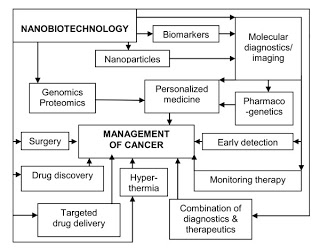Singapore considers buried small nuclear reactors
New Scientist – Singapore, a tiny island country whose population would have no place to go in the event of a wide-scale evacuation, is giving buried nuclear reactors a closer look. The thinking is that you could bury a small reactor in a shallow layer of bedrock, perhaps 30-50 meters underground. Then, if things at …







